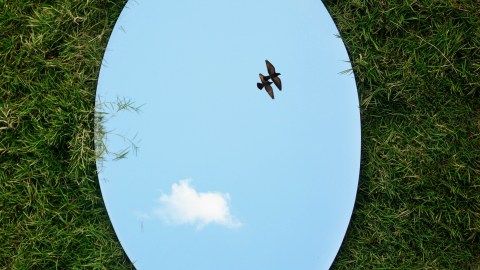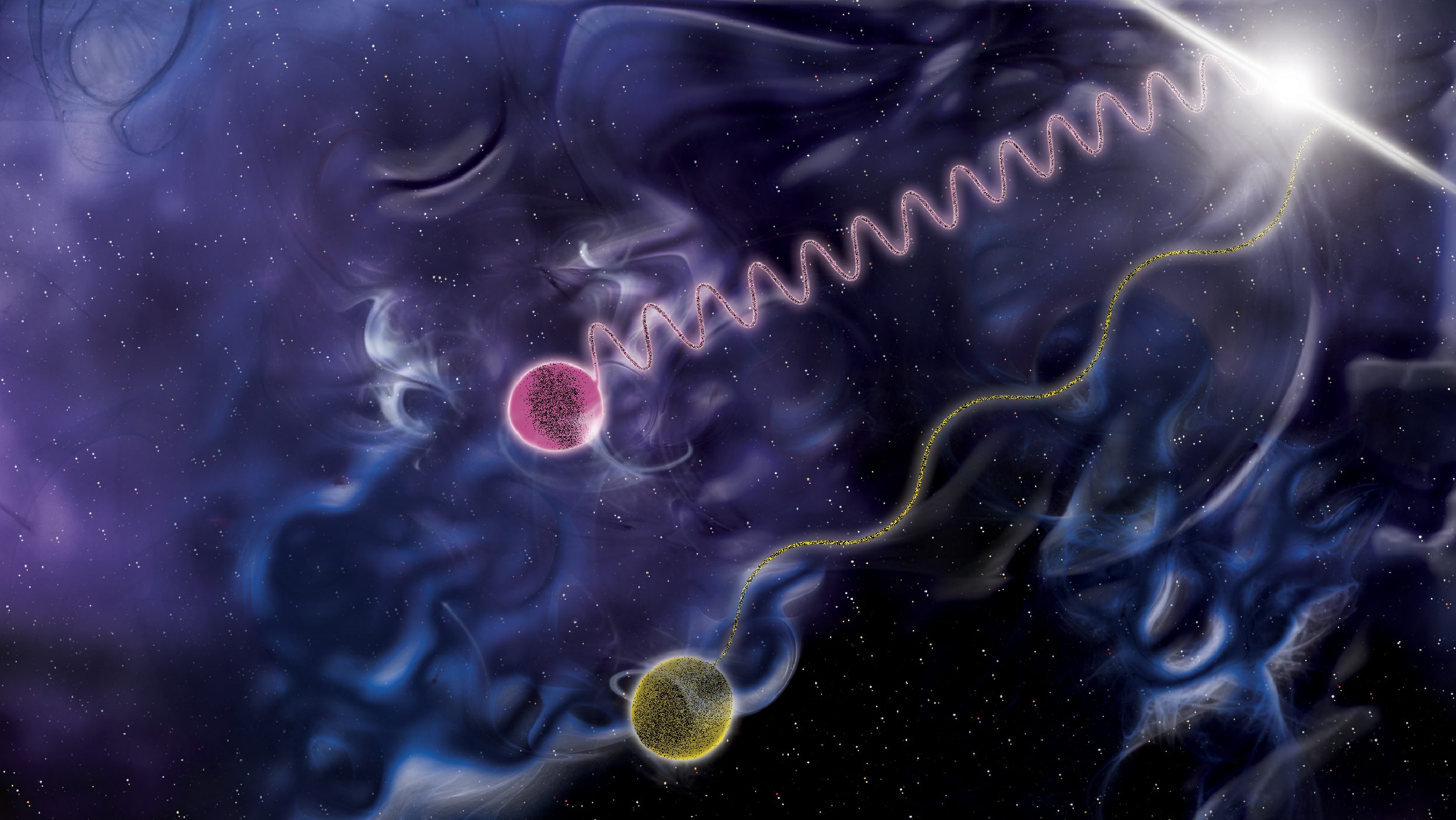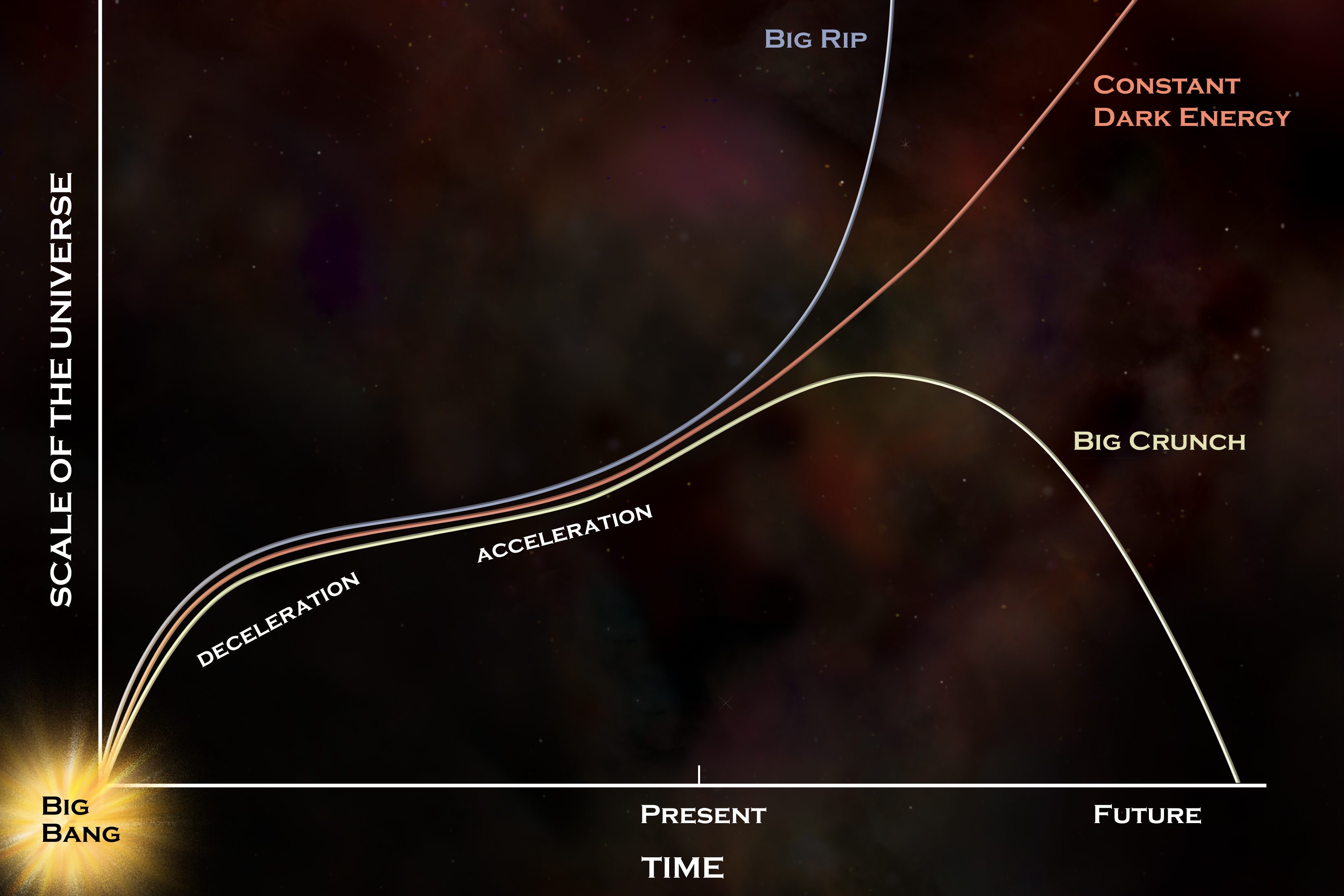Are scientists on the brink of discovering a mirror universe?

Photo credit: Jovis Aloor on Unsplash
- Science fiction has long speculated about parallel universes and what they may be like.
- Researchers have devised new experiments to look for how a mirror universe may be influencing our own.
- If such evidence is found, it could bring to light many of the universe’s mysteries, such as the nature of dark matter.
In the original Star Trek episode “Mirror, Mirror,” the crew of the Enterprise are accidentally transported to a parallel universe. Dubbed the Mirror Universe, its denizens are evil doppelgangers of the crew, complete with garish uniforms, Nazi-like salutes, and full, robust goatees.
Like many concepts first imagined in science fiction, the mirror universe may actually exist, albeit in a far less melodramatic form.
As reported by New Scientist, physicists are busy speculating about our universal reflection, and two experiments are currently underway to search out the empirical evidence. If proof of a mirror universe is found, it may help solve many of physics most intractable questions.

At the Oak Ridge National Laboratory’s traveling science fair, participants can experience life as a ion and then a neutron in a neutron beam. Photo credit: Genevieve Martin / ORNL / Flickr
Searching for our own reflection
The first experiment profiled by New Scientist comes courtesy of physicist Leah Broussard and her team at the Oak Ridge National Laboratory in Tennessee. They have devised a simple method for detecting a mirror universe.
An apparatus will fire a beam of neutrons at a wall with varying magnetic fields on both sides. These neutrons can’t penetrate the wall, yet the researchers have placed a device behind it that will scan the area for these very subatomic particles.
Why? If any neutrons manage to appear behind the wall, it will be strong evidence that they oscillated into mirror neutrons, skipped right on pass the wall because it existed in a different part of the universe, and then oscillated back in time to hit the detection device.
“Only the [neutrons] that can oscillate and then come back into our universe can be detected,” Broussard told New Scientist. “When passing through a magnetic field, the oscillation probability increases.”
Broussard and her team are looking at neutrons because of a quirk in their decay.
Inside a nucleus, neutrons are perfectly stable, but outside, they decay into a proton, an electron, and an antineutrino of the electron type. Here’s the quirk: all free neutrons should decay at the same rate, but that rate changes depending on how scientists measure it.
The first way to measure the lifetime of free neutrons is to isolate them in a “bottle trap” and then count how many remain after a certain amount of time. The second way is to count the protons emerging from a neutron beam generated by a nuclear reactor. Yet, scientists get different rates of decay for each — 14 minutes 39 seconds for the former, 14 minutes 48 seconds for the latter.
A possible explanation for this discrepancy is a mirror universe. Neutrons may have dual citizenship in both universes. When they summer in our neighboring universe, any protons they emit are not detected and therefore not counted in our measurements. This could explain why we see less decay activity in the neutron beam.
Signals in magnetic fields
The second experiment profiled by New Scientist was developed by Klaus Kirch and his team at the Paul Scherrer Institute in Switzerland. This team applied magnetic fields of varying strengths to neutrons in a bottle trap.
The goal is to find the telltale signals of mirror magnetic fields. These would suggest neutrons oscillating between universes, potentially supporting any evidence found by Broussard and her team.
“The experimentalist’s view is, if it doesn’t look completely crazy, can it be tested?” Kirch told New Scientist. “I don’t really believe the signals are there, and we have designed an experiment that can disprove them, and we’ll see what comes out of it.”
Kirch and his team have completed their experiment and are currently analyzing the data.
A mirror darkly
As Yuri Kamyshkov, a mirror matter researcher at the University of Tennessee and a collaborator with Broussard, noted: “The probability of finding anything is low, but it’s a simple and inexpensive experiment.” Despite the odds, he adds, a positive result would usher in a physics revolution.
A mirror universe could explain many of physics’ unsolved mysterious, among them the question of dark matter. As Michio Kaku told Big Think in an interview:
“Dark matter is massive, it has gravity, but it’s invisible. It has no interactions with light or the electromagnetic force. So, there is a theory that says that perhaps dark matter is nothing but matter, ordinary matter, in another dimension hovering right above us.”
Of course, Kaku points out, this is one of many different theories about dark matter. String theorists think dark matter may be a higher octave of string vibration.
One reason the mirror universe idea is so appealing is the math. Some models suggest a mirror universe would have to have been much cooler than our own during its early evolution. This difference would have made it easier for particles to cross over, resulting in five mirror particles for every regular one. That’s roughly the ratio of dark to normal matter.
Scientific models, in the end, must be backed by empirical evidence. We’ll have to wait for the results of these and other experiments before determining the probability that a mirror universe exists — let alone if its beard game can match our own.





